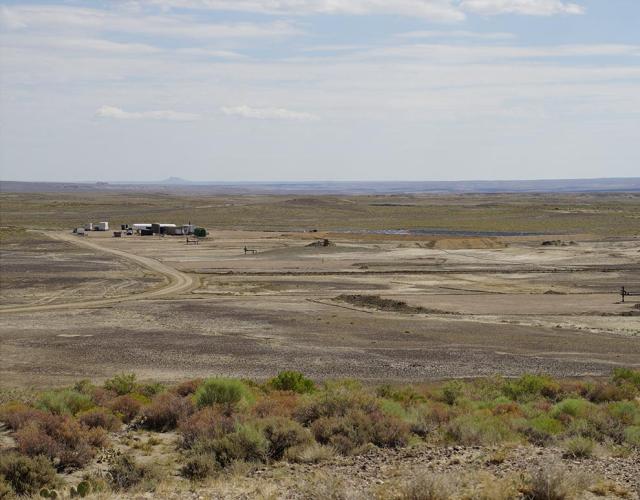BLM approves Dry Creek Trona Mine in Sweetwater County, Wyoming
Organization:
BLM Office:
Media Contact:
(Landscape view of Pacific soda trona mine south of Green River in Sweetwater County, WY.)
KEMMERER, Wyo.— The Bureau of Land Management's Kemmerer and Rock Springs field offices has issued a record of decision announcing approval of the Dry Creek Trona Mine Project south of Green River in Sweetwater County. Trona is a mineral used to produce soda ash—an essential raw material in baking soda, glass, chemicals, detergents, and other key industrial products, including lithium-ion batteries. Its development aligns with President Trump’s Executive Order to Unleash American Energy.
The approved project authorizes Pacific Soda, LLC to construct mine well fields, processing facilities, storage ponds, a co-generation facility, landfills for salt and lime, transportation facilities, natural gas and water pipelines, and powerlines to mine and process materials from underground trona beds located 2,300 feet below the surface.
The project is expected to employ up to 2,000 workers during construction and create about 300 full- time, high- paying jobs over the life of the mine. Pacific Soda estimates there are approximately 117 million tons of recoverable trona within the proposed project area that could produce approximately six million metric tons of marketable soda ash and more than 440,900 metric tons of baking soda annually.
BLM released the final environmental impact statement for a 30-day public comment period before making our final decision. The final EIS, record of decision, and supporting documents are available at the BLM National NEPA Register.
For more information, contact Kelly Lamborn, at 307-828-4505 or [email protected].
The BLM manages about 245 million acres of public land located primarily in 12 western states, including Alaska, on behalf of the American people. The BLM also administers 700 million acres of sub-surface mineral estate throughout the nation. Our mission is to sustain the health, diversity, and productivity of America’s public lands for the use and enjoyment of present and future generations.

